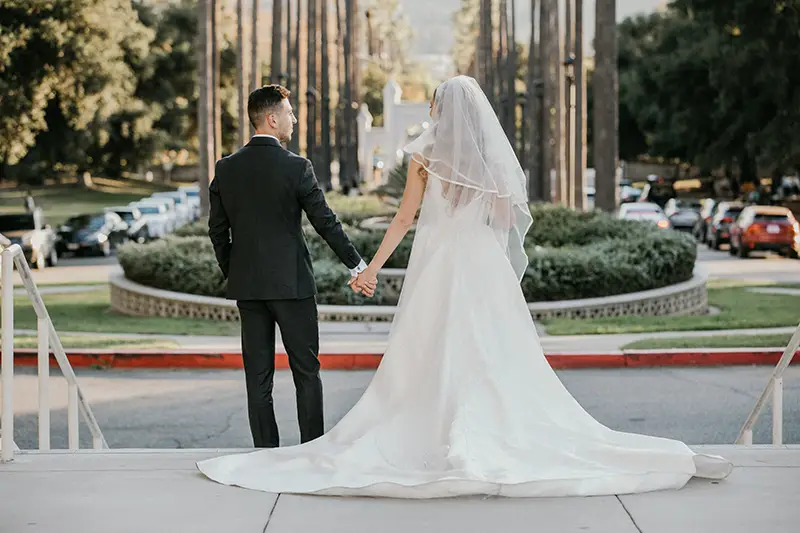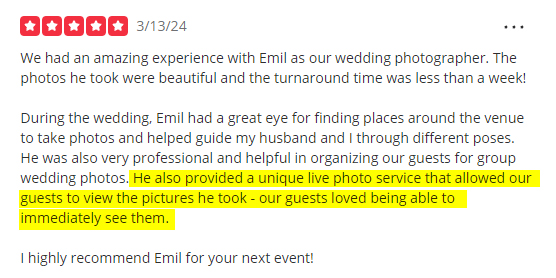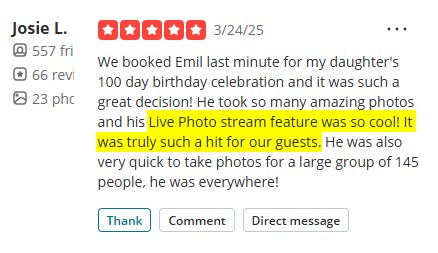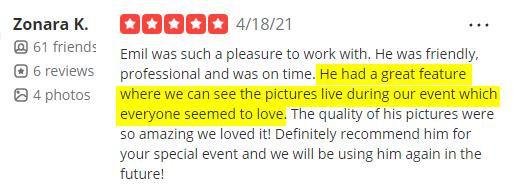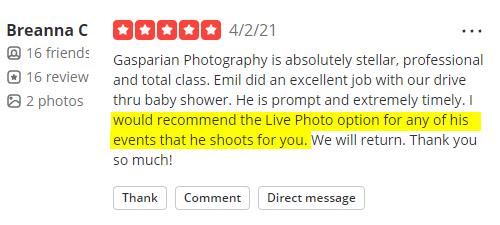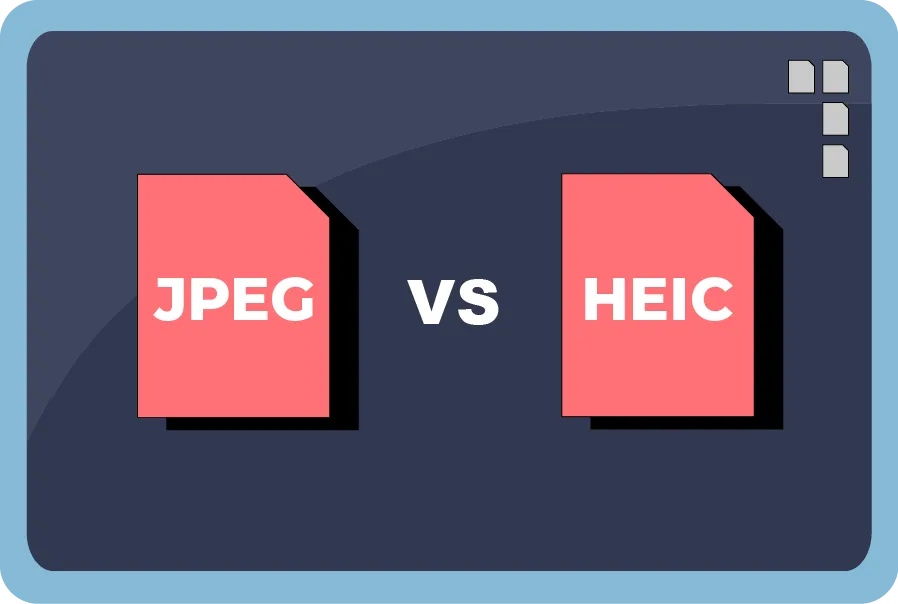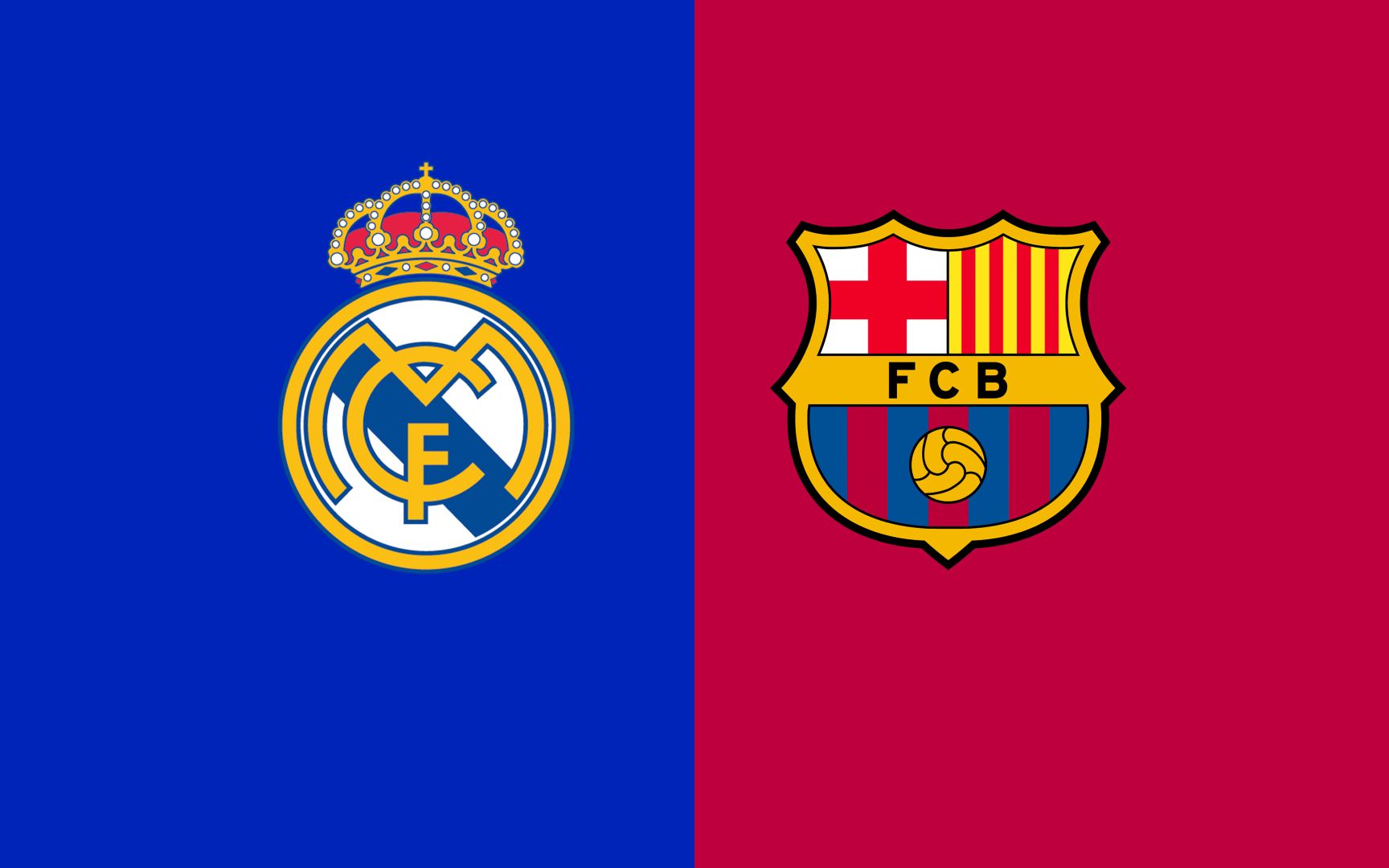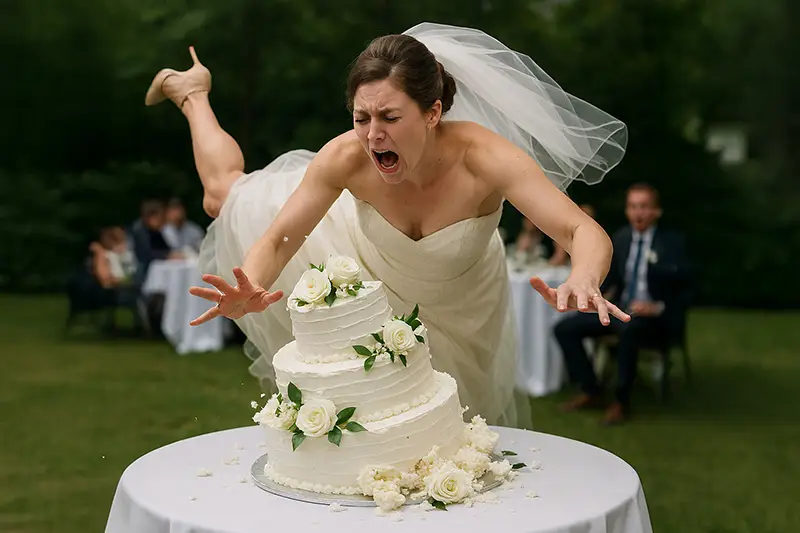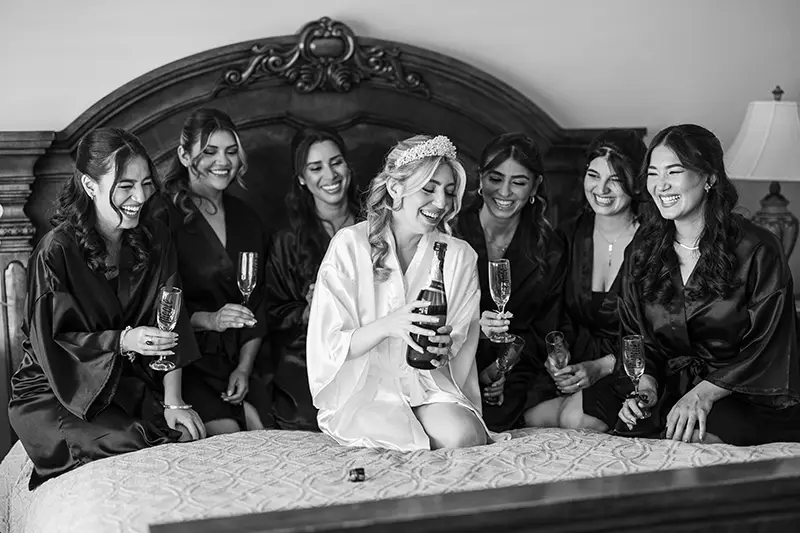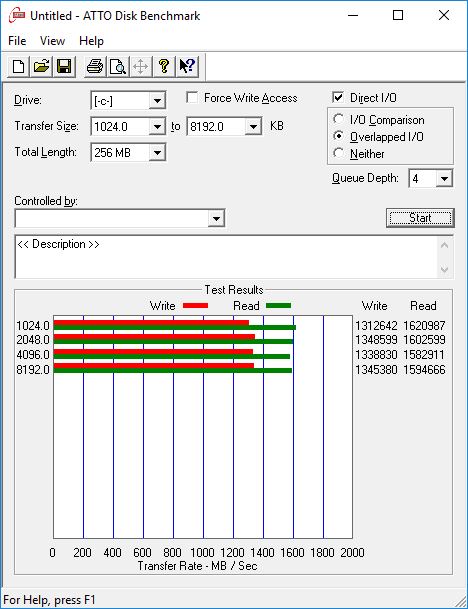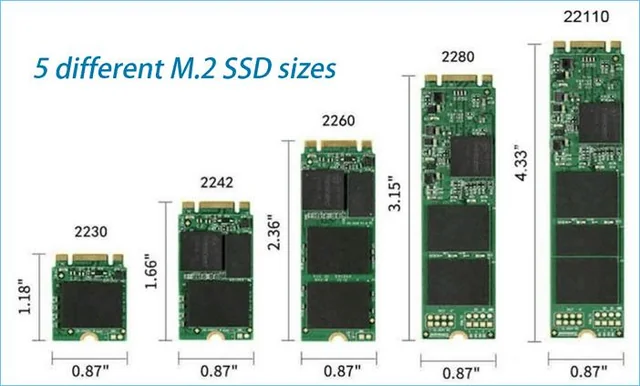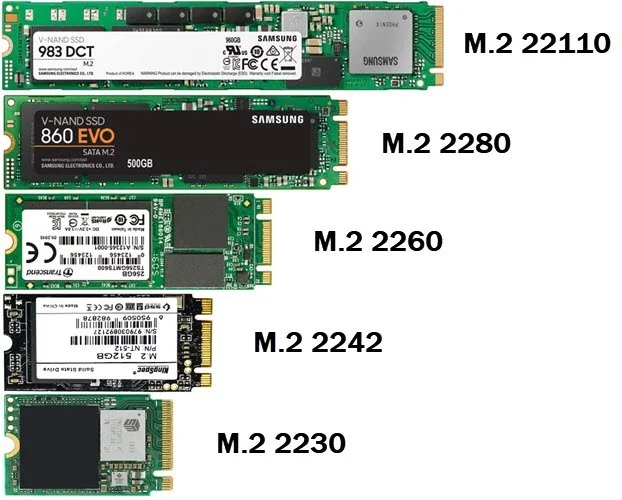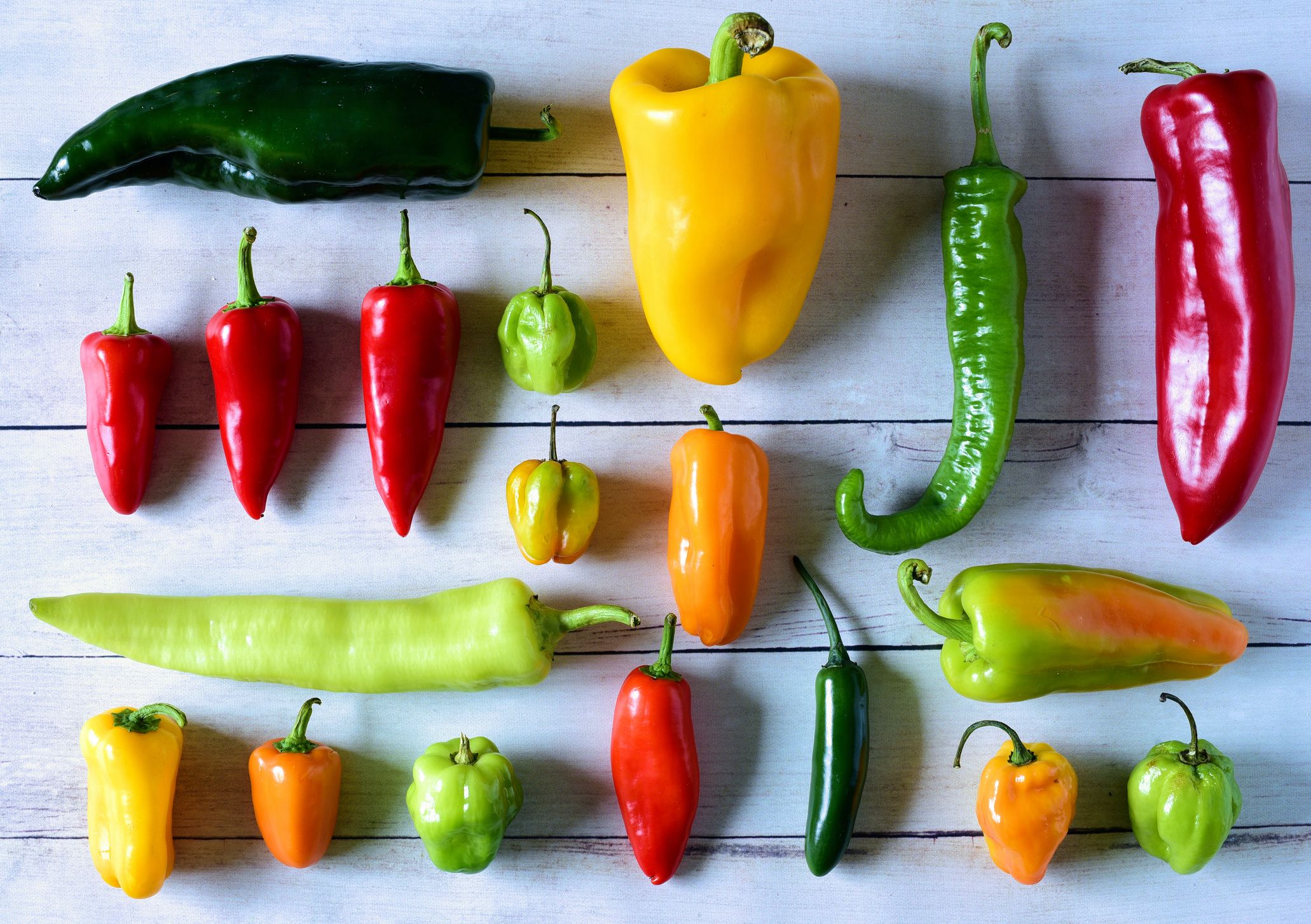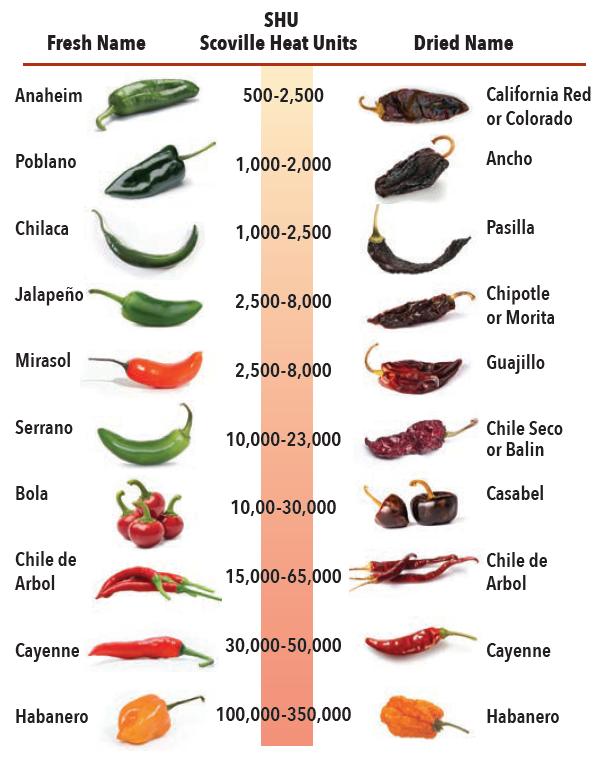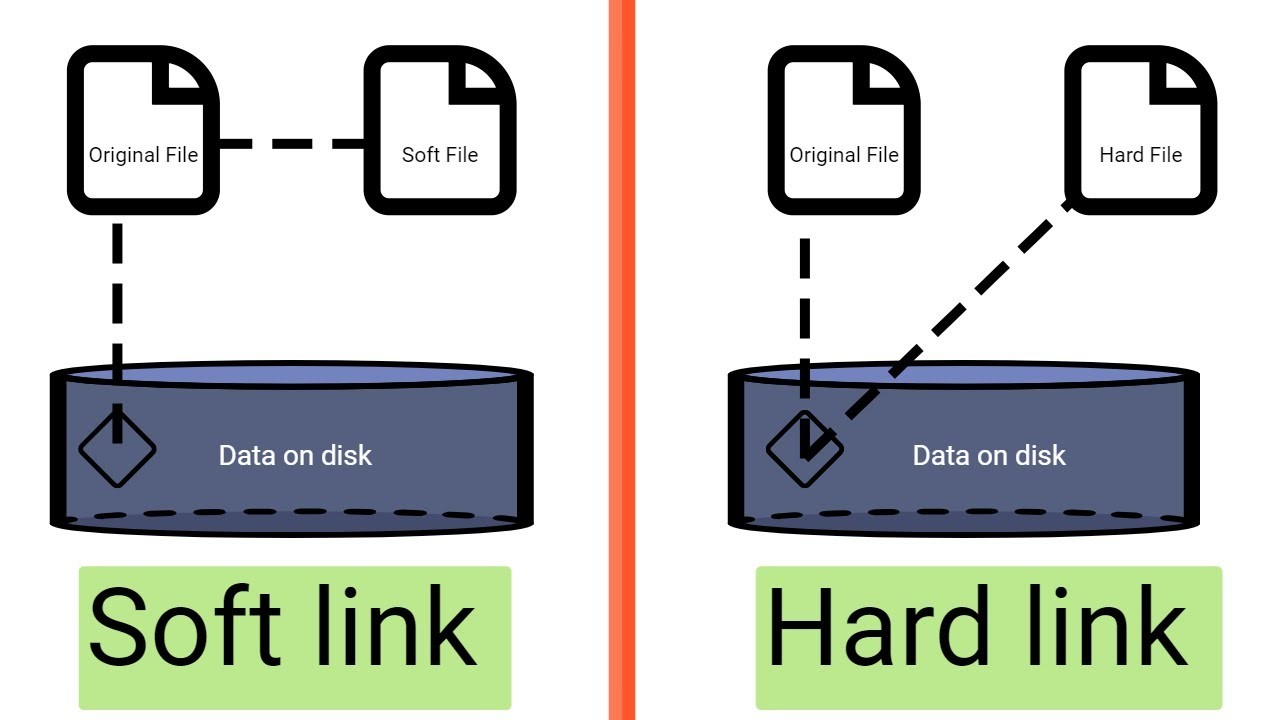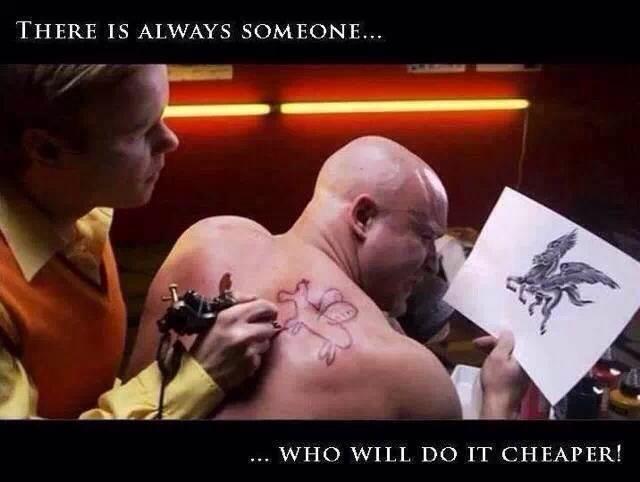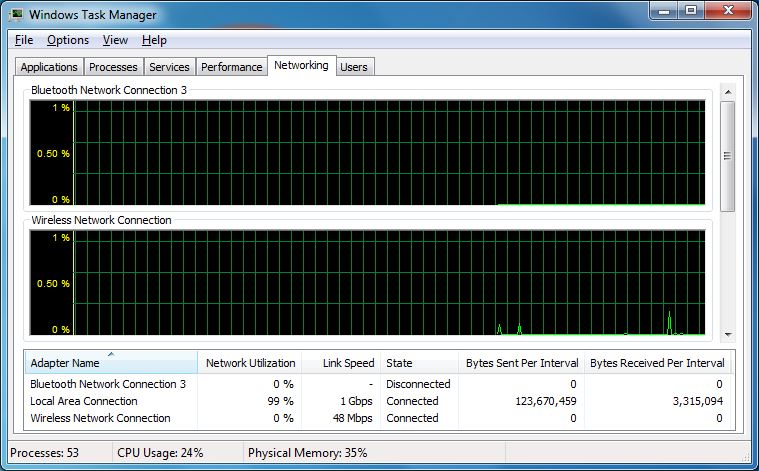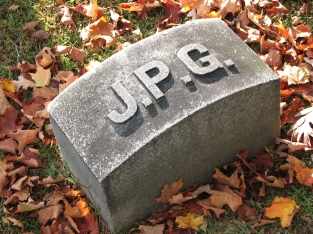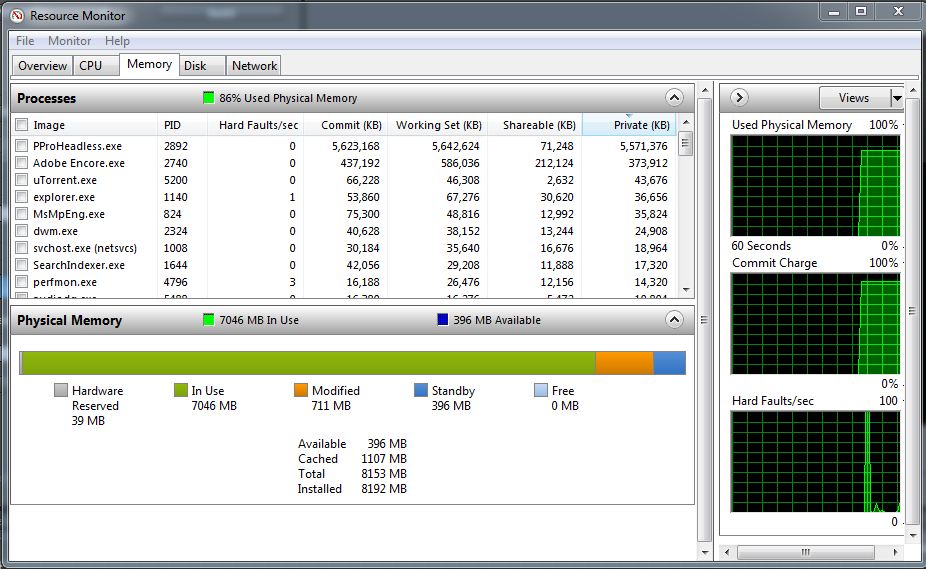When it comes to the picturesque City of Glendale in California, every corner around the downtown boasts an abundance of captivating scenes just waiting to be captured by a skilled photographer. As we delve into the vibrant world of photography within this charming city, we’ll explore the artistry, landscapes, and the talents of the Glendale photographers who bring its beauty to life. With a particular focus on the term “Glendale Photographer,” we’ll discover how these creative professionals use their lenses to transform ordinary moments into extraordinary memories.
Unveiling the Beauty of Glendale Through Photography
Nestled within the heart of Los Angeles County, Glendale presents an enchanting blend of urban life and natural beauty. From its serene parks to its bustling streets, Glendale offers a diverse array of photographic opportunities. Every nook and cranny reveals a story waiting to be told through the lens of a Glendale photographer.
Capturing Urban Elegance: Glendale’s urban landscapes exude an elegance that resonates through its architecture, cityscapes, and cultural landmarks. A Glendale photographer’s keen eye can highlight the interplay between modernity and tradition, capturing the city’s unique charm.
Exploring Natural Beauty: Beyond the cityscape, Glendale is also home to picturesque natural landscapes. Verdant parks, meandering trails, and serene bodies of water provide a tranquil canvas for photographers to showcase the city’s natural allure.
Cultural Diversity: Glendale’s rich cultural diversity is another facet that photographers often aim to capture. From bustling markets to vibrant cultural festivals, these photographers seize the opportunity to document the people and traditions that make Glendale a melting pot of experiences.
The Role of the Glendale Photographer
At the heart of Glendale’s captivating imagery are the talented photographers who masterfully bring these scenes to life. A “Glendale Photographer” is not just a professional with a camera; they are storytellers who utilize their artistry to encapsulate the essence of the city in every shot.
Mastery of Lighting and Composition: The skilled Glendale photographer possesses an innate understanding of lighting and composition. They know how to use natural light, shadows, and angles to create visually striking and emotionally resonant photographs.
Creating Connections: A successful Glendale photographer builds connections not only with the subjects they photograph but also with the viewers of their work. They craft images that evoke emotions, forge connections, and offer viewers a glimpse into the heart of the city.
Reflecting Diversity: In a city as diverse as Glendale, photographers celebrate the varied cultures and communities through their work. They capture candid moments that reflect the daily lives and experiences of the city’s inhabitants, creating a rich tapestry of visual stories.
Preserving Memories for Generations
The work of a Glendale photographer goes beyond the immediate gratification of a well-composed image. These professionals are dedicated to preserving memories for generations to come. Whether it’s a family portrait session in one of Glendale’s parks, a couple’s engagement shoot against the city’s iconic backdrop, or an event capturing the essence of a cultural celebration, Glendale photographers immortalize these moments for posterity.
Glendale, with its blend of urban elegance, natural beauty, and cultural diversity, provides a captivating canvas for photographers to showcase their artistry. The term “Glendale Photographer” embodies the creative individuals who skillfully capture the city’s essence through their lens. Their photographs are not mere images; they are stories frozen in time, waiting to be shared, cherished, and admired by both current residents and future generations. As we traverse the photographic landscapes of Glendale, we’re reminded that through the eyes of these talented professionals, the city’s memories will forever remain vivid and alive.
